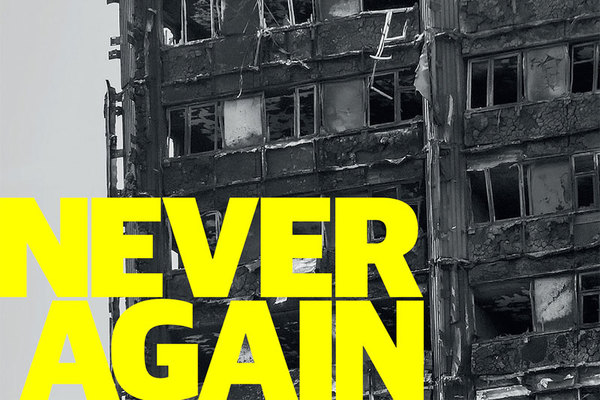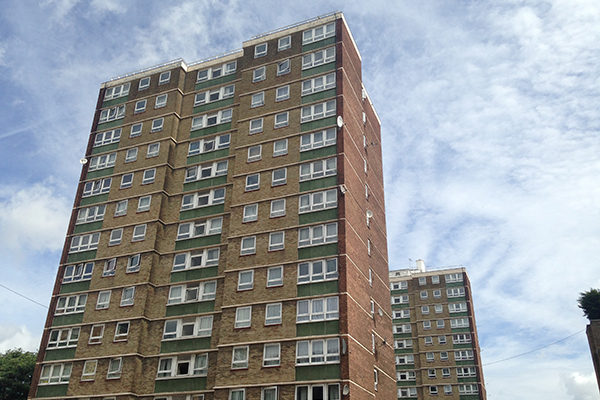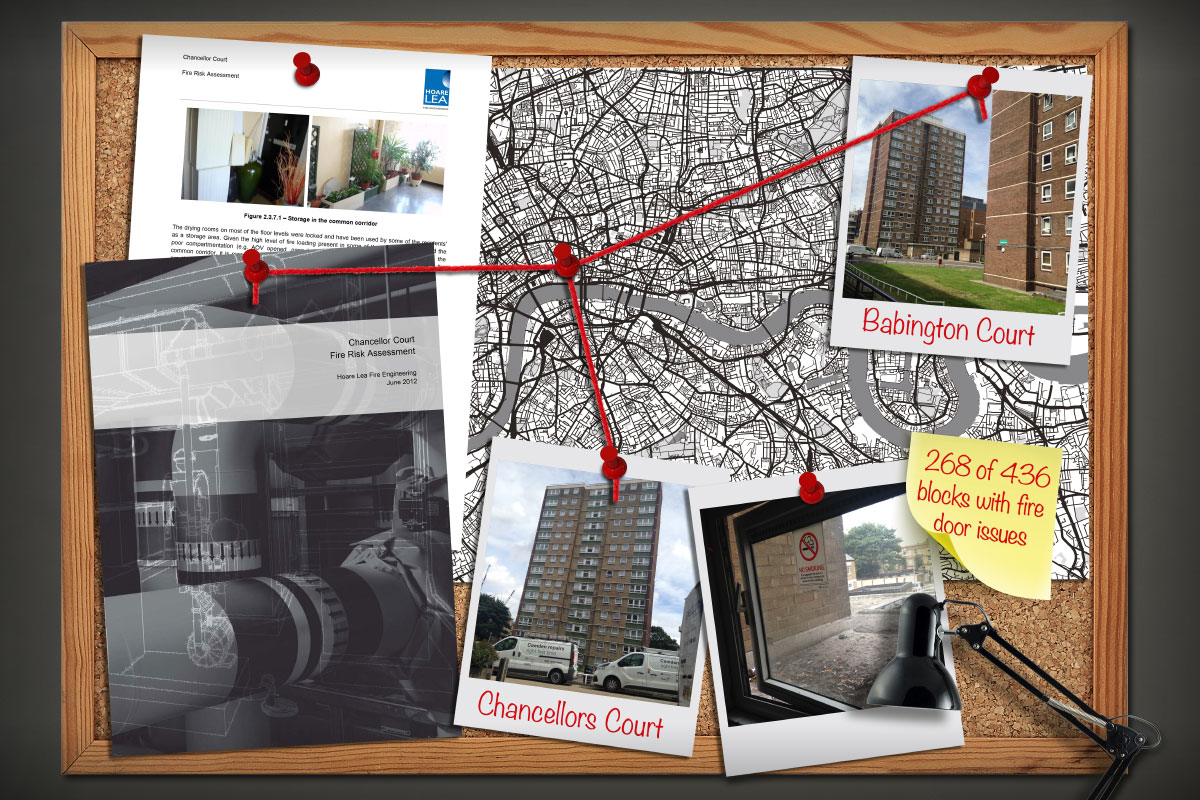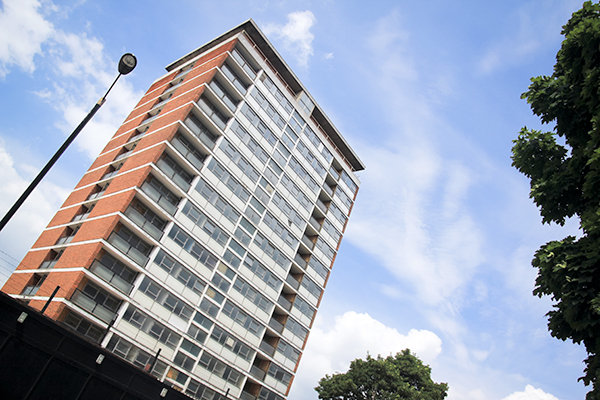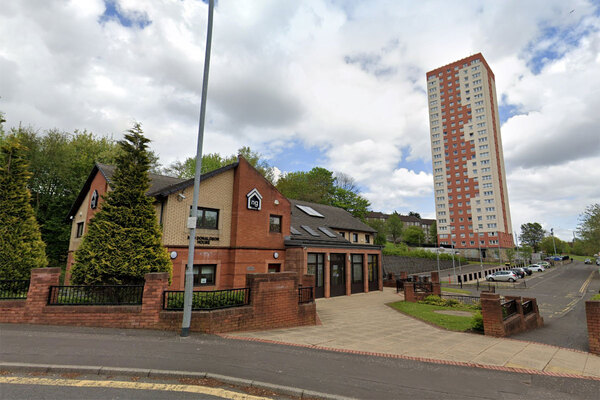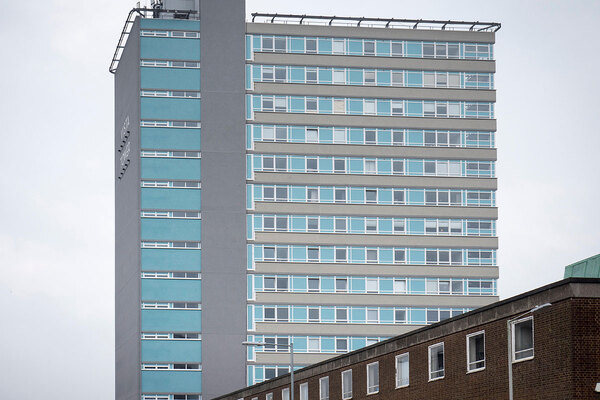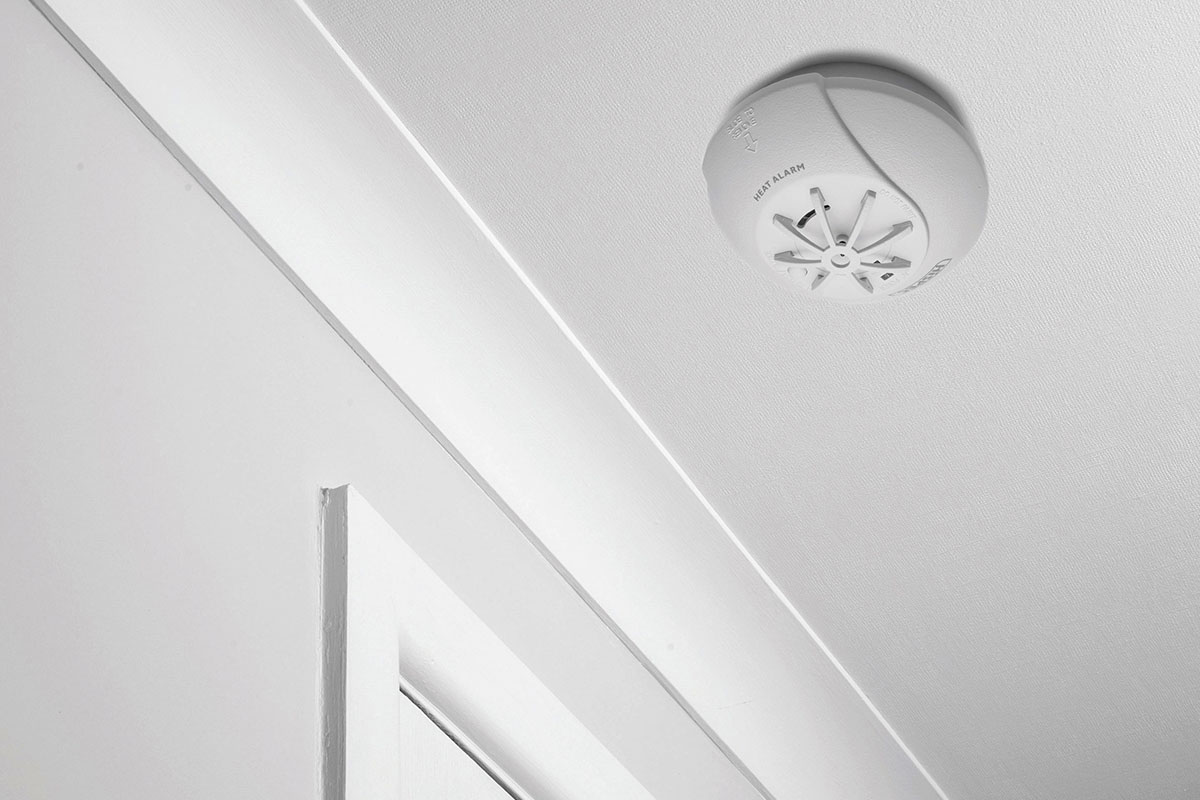You are viewing 1 of your 1 free articles
Fire risk assessments must be transparent
Editor Emma Maier calls for landlords to help Inside Housing create a valuable resource
Inside Housing’s analysis of 436 high-rise block fire risk assessments highlights a wide range of approaches – and raises many questions about the quality of assessments and the safety of the towers.
In many ways, this is not surprising. There are no set timescales for conducting assessments, no set guidance on timetables for rectifying risks, and no requirement for the assessor to even be qualified. There is
no requirement for assessors to provide a formal risk grading. Almost a third (141) were performed more than a year ago, 61% (268) did not have a recommended date for a follow-up assessment, and 43% (187) gave
no risk-to-life grading.
The assessments were provided by seven housing associations, and 36 ALMOs and councils. Inside Housing found that some are detailed, while others amount to little more than a series of tick boxes. Seeking trends is challenging, but possible – and important.
The assessments give a snapshot of the risk at the time of the assessor’s visit. They show that eight towers owned by six landlords posed “substantial” risk to life at the time of inspection. The number could be higher, given the variety of grading descriptions and the number of blocks with no grading.
Inside Housing looked in closer detail at the eight towers and asked what follow-up work had been done. Two in Camden were identified as posing a substantial risk in 2012, yet were not assessed again until June this year, when they were assessed as “normal”. Towers in Stockport, Welwyn Hatfield and Wigan had substantial risk ratings dating to 2013, 2015 and 2016 respectively.
“We will continue to update our work on risk assessments to provide a valuable resource for the sector.”
Guildford and Southampton councils and Stockport Homes stated the most serious issues were dealt with immediately after the assessments, with some completed within weeks. But in some towers it took months, or even years, to complete the work.
The assessments also revealed the need to work with residents: one highlighted the risk posed by tenants smoking in corridors and stubbing out cigarettes on flammable uPVC window frames.
Fire safety is the business of tenants as well as landlords. That means making them aware of risk and giving them information about their own homes and what they can do to report concerns they may have.
Transparency is key to empowering tenants and to learning sector-wide lessons. This point is not lost on the information commissioner, who this week told councils they should “proactively” publish fire risk assessments rather than awaiting Freedom of Information Act requests – and advised housing associations to do likewise.
We will continue to update our work on risk assessments to provide a valuable resource for the sector. We urge all with towers to take part by submitting their risk assessments.
Emma Maier, editor, Inside Housing
Never Again campaign
In the days following the Grenfell Tower fire on 14 June 2017, Inside Housing launched the Never Again campaign to call for immediate action to implement the learning from the Lakanal House fire, and a commitment to act – without delay – on learning from the Grenfell Tower tragedy as it becomes available.
One year on, we have extended the campaign asks in the light of information that has emerged since.
Here are our updated asks:
GOVERNMENT
- Act on the recommendations from Dame Judith Hackitt’s review of building regulations to tower blocks of 18m and higher. Commit to producing a timetable for implementation by autumn 2018, setting out how recommendations that don’t require legislative change can be taken forward without delay
- Follow through on commitments to fully ban combustible materials on high-rise buildings
- Unequivocally ban desktop studies
- Review recommendations and advice given to ministers after the Lakanal House fire and implement necessary changes
- Publish details of all tower blocks with dangerous cladding, insulation and/or external panels and commit to a timeline for remedial works. Provide necessary guidance to landlords to ensure that removal work can begin on all affected private and social residential blocks by the end of 2018. Complete quarterly follow-up checks to ensure that remedial work is completed to the required standard. Checks should not cease until all work is completed.
- Stand by the prime minister’s commitment to fully fund the removal of dangerous cladding
- Fund the retrofitting of sprinkler systems in all tower blocks across the UK (except where there are specific structural reasons not to do so)
- Explore options for requiring remedial works on affected private sector residential tower blocks
LOCAL GOVERNMENT
- Take immediate action to identify privately owned residential tower blocks so that cladding and external panels can be checked
LANDLORDS
- Publish details of the combinations of insulations and cladding materials for all high rise blocks
- Commit to ensuring that removal work begins on all blocks with dangerous materials by the end of 2018 upon receipt of guidance from government
- Publish current fire risk assessments for all high rise blocks (the Information Commissioner has required councils to publish and recommended that housing associations should do the same). Work with peers to share learning from assessments and improve and clarify the risk assessment model.
- Commit to renewing assessments annually and after major repair or cladding work is carried out. Ensure assessments consider the external features of blocks. Always use an appropriate, qualified expert to conduct assessments.
- Review and update evacuation policies and ‘stay put’ advice in the light of risk assessments, and communicate clearly to residents
- Adopt Dame Judith Hackitt’s recommended approach for listening to and addressing tenants’ concerns, with immediate effect
CURRENT SIGNATORIES:
- Chartered Institute of Housing
- G15
- National Federation of ALMOs
- National Housing Federation
- Placeshapers

